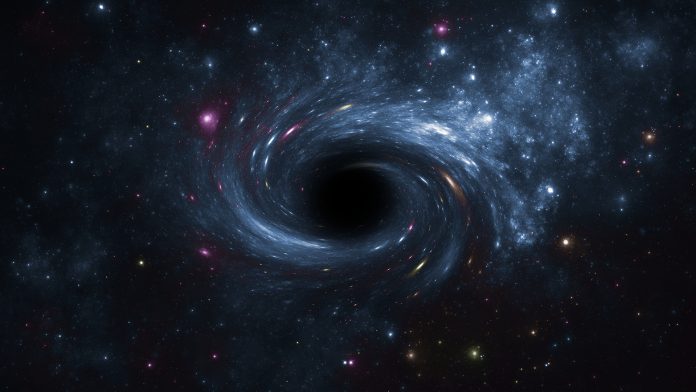A research team led by Tohoku University have confirmed the presence of plasma loading mechanism within black holes.
Galaxies within space, including the Milky Way, host supermassive black holes in their centres. They are a common occurrence in our Universe, sitting at the heart of most large galaxies.
Their masses are millions to billions of times larger than the Sun, and some black holes launch fast-moving plasma outflows. Plasma activity emits strong radio signals, known as radio jets.
The discovery was published in the Astrophysical Journal Letters.
The history of radio jets
The strong gravitational fields of black holes allow them to suck in and obliterate objects that get too close to them. While they absorb most of this celestial matter, a small fraction escapes and blasts back out into space. These emissions, known as radio jets, emit radio waves that travel at nearly the speed of light.
Radio jets within black holes were first discovered in the 1970s; however, much remains unknown about how they are produced, especially their energy source and plasma loading mechanism.
Previous studies have claimed that black holes are highly magnetised, because magnetised plasma inside galaxies carries magnetic fields into the black hole. Then, neighbouring magnetic energy transiently releases its energy via magnetic reconnection, energising the plasma surrounding the black hole. These magnetic reconnections provide the energy source for solar flares.
Recently, the Event Horizon Telescope Collaboration uncovered radio images of nearby black holes at the centre of the giant elliptical galaxy, M87. This observation supported the theory that the spin of the black hole powers radio jets; however, produced little information to clarify the plasma loading mechanism.
Current theories
Plasmas in solar flares give off ultraviolet and X-rays; whereas the magnetic reconnection around black holes can cause gamma-ray emission. This is due to the fact that the released energy per plasma particle is much higher than that from a solar flare.
The new theory proposes that the emitted gamma rays interact with each other, producing copious electron-positron pairs. These pairs are then loaded into the radio jets.
The team’s theory explains the large amount of plasma activity observed in radio jets, which is consistent with the observations of M87. Moreover, the scenario noted that radio signal strength varies depending on which black holes are being observed. For instance, radio jets around Sgr A* – the supermassive black hole in our Milky Way – are too faint and undetectable by current radio facilities.
The scenario also predicts short-term X-ray emission when plasma is loaded into radio jets. These X-ray signals can be easily missed with current detectors, but they are observable by planned X-ray detectors.
Shigeo Kimura, lead author of the study, explained: “Under this scenario, future X-ray astronomy will be able to unravel the plasma loading mechanism into radio jets, a long-standing mystery of black holes.”









